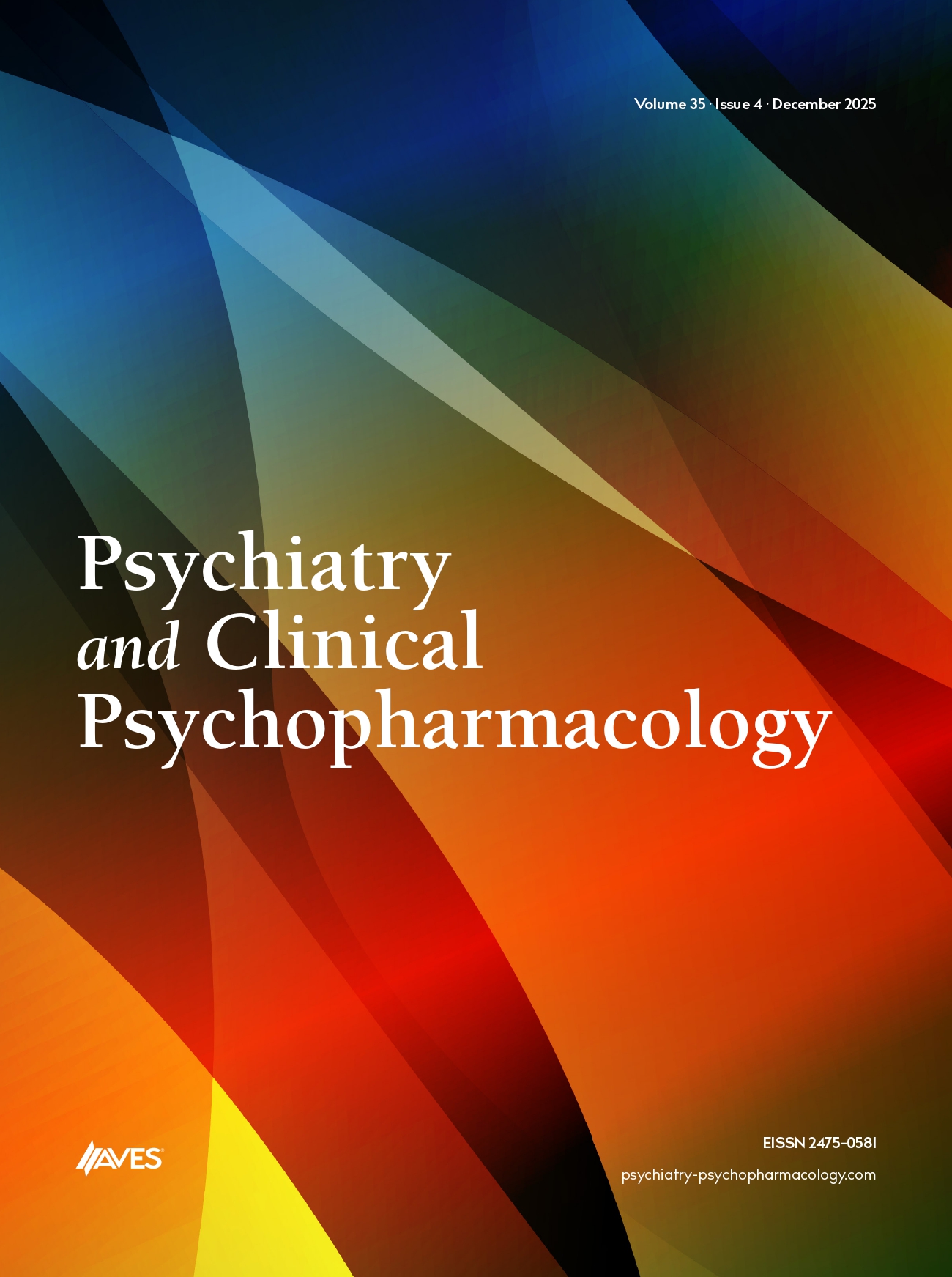Background: Delirium is a common problem in critically ill patients, and it can increase mortality; however, the epidemiology of delirium, especially based on motor subtypes, is not fully understood. The aim of this study was to compare and identify differences in demographics, treatments, and outcomes between delirium subtypes among critically ill patients with an accurate diagnosis by consultation-liaison psychiatry (CLP).
Methods: This single-center, retrospective cohort study was carried out from January 1, 2021, to December 31, 2022. All adult patients who were admitted to the intensive care unit (ICU) or high care unit (HCU) and who had been diagnosed with delirium by CLP were enrolled. The main outcome measure was all-cause in-hospital mortality. The subjects were assigned to either the hyperactive delirium group or the hypoactive/mixed delirium group, and backgrounds, treatments, and outcomes were compared between the groups.
Results: Among 1910 patients admitted to the ICU and HCU during the study period, 82 adult patients were included in this study. Of these, 62.2% had hyperactive delirium and 37.8% had hypoactive or mixed delirium. The diagnosis, vital signs at admission, and psychotropic drugs for delirium did not differ between groups. In-hospital mortality was higher in the hypoactive/mixed delirium group than in the hyperactive delirium group (16.1% vs. 2.1%; P=.027).
Conclusion: Most patient characteristics, diagnoses, severity of vital status, and medications for delirium prescribed by CLP were similar between the 2 groups. However, in-hospital mortality was higher in the hypoactive/mixed delirium group than in the hyperactive delirium group.
Cite this article as: Tanaka C, Tagami T, Koeda M, Wada S, Nagano M, Kuno M. Comparison of clinical outcomes, diagnosis timing, or treatment differences based on motor subtypes of delirium in critically ill patients: A retrospective study. Psychiatry Clin Psychopharmacol. 2025;35(4):425-432.


.png)
.png)